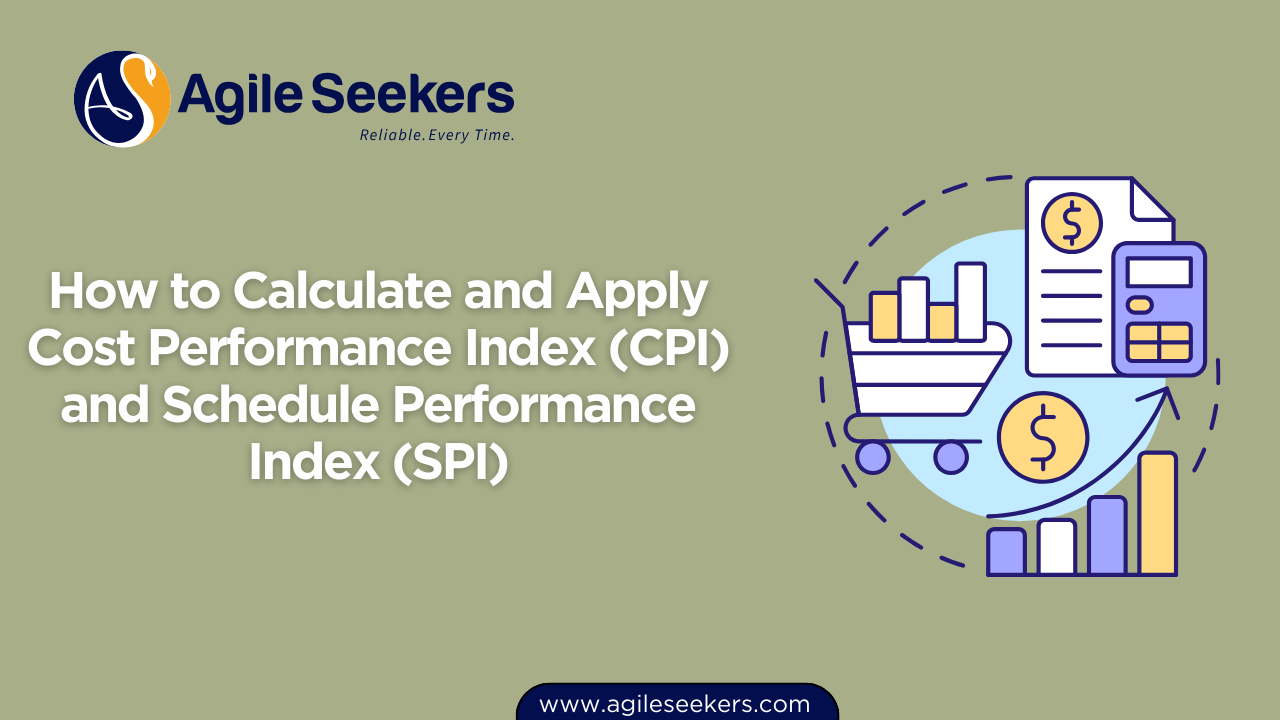How to Calculate and Apply CPI and SPI

For any project manager aiming to keep projects on time and within budget, two essential metrics stand out: Cost Performance Index (CPI) and Schedule Performance Index (SPI). These earned value management (EVM) indicators help measure cost efficiency and schedule efficiency, guiding decision-making and keeping project goals aligned.
Understanding the Basics of CPI and SPI
CPI tells you how efficiently your project is using its budget, while SPI shows how well the project is sticking to its schedule. Together, they provide a clear picture of overall project health.
- Cost Performance Index (CPI) = Earned Value (EV) ÷ Actual Cost (AC)
- Schedule Performance Index (SPI) = Earned Value (EV) ÷ Planned Value (PV)
Earned Value (EV) is the value of work completed at a certain point. Actual Cost (AC) is what has actually been spent so far. Planned Value (PV) is the budgeted cost for the work scheduled up to that point.
Why CPI and SPI Matter
These indexes help project managers make informed decisions. A CPI or SPI value greater than 1 means the project is performing well (under budget or ahead of schedule). A value below 1 indicates issues (over budget or behind schedule).
Step-by-Step: Calculating CPI
Let’s break it down:
- First, calculate Earned Value (EV): Multiply the percentage of completed work by the total project budget.
- Next, determine Actual Cost (AC): Sum up the actual expenses incurred to date.
- Apply the formula: CPI = EV ÷ AC.
Example: If your EV is $50,000 and your AC is $60,000, then CPI = 50,000 ÷ 60,000 = 0.83. This means you are only getting 83 cents of value for every dollar spent, signaling a cost overrun.
Step-by-Step: Calculating SPI
Here’s how to do it:
- Calculate Planned Value (PV): Multiply the planned percentage of work by the total budget.
- Use the formula: SPI = EV ÷ PV.
Example: If your EV is $50,000 and your PV is $55,000, then SPI = 50,000 ÷ 55,000 = 0.91. This shows you are progressing at only 91% of the planned rate, indicating schedule delays.
Interpreting CPI and SPI Results
| Index Value | Interpretation |
|---|---|
| CPI or SPI = 1 | On budget or on schedule |
| CPI or SPI > 1 | Better than expected (under budget or ahead of schedule) |
| CPI or SPI < 1 | Worse than expected (over budget or behind schedule) |
Practical Applications of CPI and SPI
Once you’ve calculated these indexes, you can apply them in several ways:
- Forecasting final project costs: Use CPI to estimate how much the project will cost at completion.
- Adjusting resource allocation: If SPI shows delays, reassign tasks or add resources to catch up.
- Communicating with stakeholders: Present these metrics in status reports to provide clear, objective updates.
Common Mistakes to Avoid
Many project managers misinterpret these metrics. Here are some pitfalls to watch out for:
- Relying solely on CPI or SPI without context. For example, a high CPI doesn’t always mean success if the scope has changed.
- Ignoring trends. One data point is less meaningful than a pattern over time.
- Not updating EV, AC, and PV regularly, leading to outdated or misleading performance measures.
Integrating CPI and SPI into PMP Practices
As you prepare for your PMP Certification, mastering these calculations is crucial. Both CPI and SPI are heavily tested in the Project Management Professional certification exam, making it essential to understand how they fit into earned value management and overall project performance assessment.
Connecting CPI and SPI to PMP Exam Prep
Good PMP certification training will walk you through hands-on examples of how to apply CPI and SPI. You’ll learn how to combine them with other metrics like Estimate at Completion (EAC) and Variance at Completion (VAC) to forecast outcomes and make proactive decisions.
Helpful Tools and Software
Today’s project management tools like MS Project, Primavera, and Jira automatically calculate CPI and SPI, but it’s still vital to understand the math behind them. Resources like PMI’s guides on EVM offer detailed breakdowns for deeper learning.
Applying CPI and SPI to Improve Project Success
Here’s how you can make these metrics part of your everyday management practices:
- Set a regular cadence for calculating CPI and SPI — for example, weekly or biweekly updates.
- Combine CPI and SPI insights with qualitative feedback from teams.
- Communicate performance metrics in simple language to non-technical stakeholders.
Final Thoughts
Understanding and applying CPI and SPI empowers you to steer your project toward success. By regularly tracking cost and schedule performance, you’ll avoid surprises, manage risks proactively, and improve your chances of delivering results on time and within budget.
Ready to strengthen your knowledge? Enroll in PMP training today and sharpen your expertise in project performance measurement.
Also check - Mastering Earned Value Analysis (EVA) in PMP Projects
Also see - Understanding Critical Path Method (CPM) with Real-World Examples




















